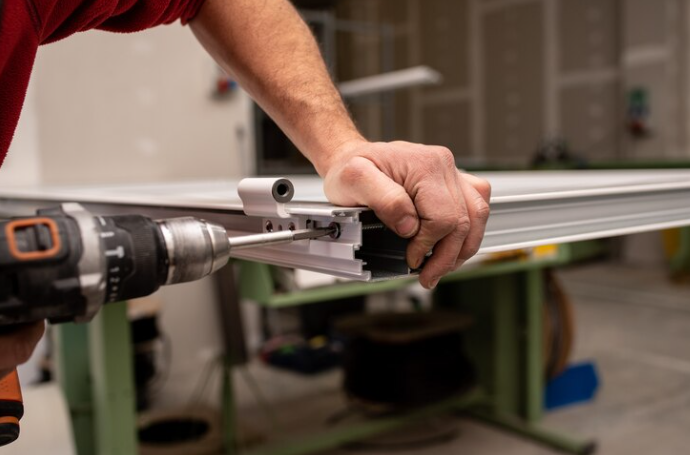In the fast-paced world of logistics and warehousing, optimizing space and streamlining operations are crucial for business success. One of the most effective ways to achieve these goals is through the use of storage racking systems. By organizing inventory efficiently, storage racks help businesses reduce clutter, improve safety, and increase accessibility. In this post, we will explore the benefits of storage racking systems, types available, and tips for choosing the right solution for your warehouse.
Benefits of Storage Racking
Implementing a well-designed storage racking system offers numerous advantages. The most obvious benefit is the ability to maximize vertical space in a warehouse, allowing businesses to store more inventory without needing to expand their footprint. This leads to significant cost savings, especially in industries where real estate costs are high.
Additionally, storage racking helps improve workflow efficiency. With products organized neatly on racks, workers can locate items quickly, reducing retrieval times and boosting productivity. This level of organization also enhances inventory accuracy, minimizing the risk of misplaced goods or miscounts.
Safety is another critical benefit. Properly installed racking systems ensure that heavy loads are stored securely, reducing the risk of accidents. Many storage racks are designed with safety features such as load-bearing beams, reinforced shelves, and secure anchoring systems to ensure stability, even under the heaviest of loads.
Types of Storage Racking Systems
There are various storage racking systems available, each designed to meet different storage needs and space constraints. Below are a few of the most popular options:
- Selective Pallet Racking: This is the most common type of racking, allowing for easy access to every pallet. It’s ideal for warehouses that store a wide range of products and require frequent access to all items.
- Drive-In Racking: Designed for high-density storage, this system allows forklifts to drive directly into the rack to load and retrieve items. It’s an excellent option for warehouses with large quantities of similar items.
- Cantilever Racking: Best suited for storing long, bulky items such as lumber, pipes, or steel bars. Cantilever racks have no vertical posts in the front, making it easier to load and unload longer products.
- Push-Back Racking: A more advanced system, push-back racking allows multiple pallets to be stored on each level, with the rear pallets pushing forward as front pallets are removed. This system is highly efficient for high-density storage with quick access.
- Mezzanine Racking: For businesses looking to expand vertically, mezzanine racks add an additional level of storage, creating a platform above existing racking systems for more inventory.
Choosing the Right Storage Racking System
Selecting the right storage racking system depends on several factors, including the types of products stored, available space, and workflow requirements. Start by assessing your warehouse layout, the frequency of product access, and the weight and dimensions of the goods. A warehouse that handles high-turnover items may benefit from selective pallet racking, while a facility dealing with bulk storage may find drive-in racking more suitable.
It’s also essential to consider safety and durability. Ensure the racking system is designed to handle the maximum load weight you’ll be storing and meets industry standards for safety. Consulting with a professional racking provider can help tailor a solution that fits your warehouse’s specific needs.
Final Thoughts
A well-designed storage racking system is a valuable investment for any warehouse. It not only increases storage capacity but also improves efficiency, safety, and inventory management. Whether you’re running a small warehouse or a large distribution center, choosing the right racking system can have a significant impact on your bottom line.
By maximizing your space with the right storage solution, you can streamline operations and create a more productive work environment.







